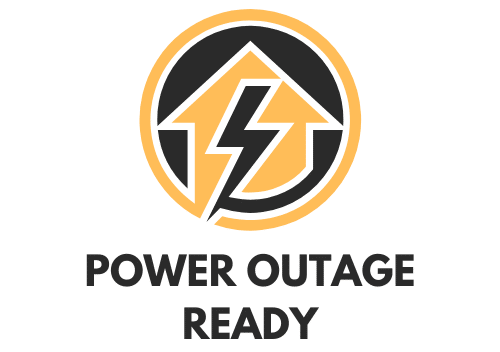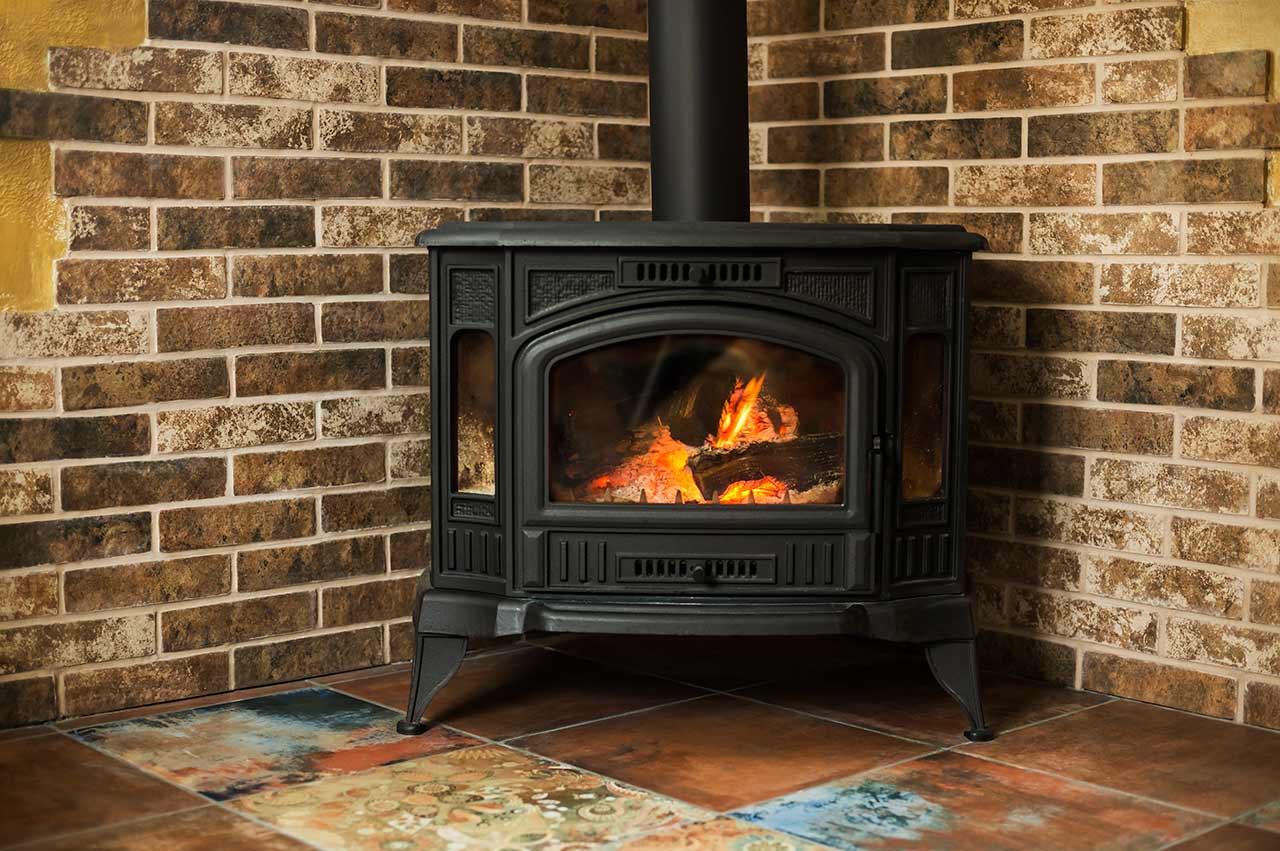How To Heat A Room Without Electricity (What To Know)
When the power goes out, especially during cold weather, it’s crucial to know how to heat your home without relying on electricity. Not only can this knowledge save you from an uncomfortably chilly night, it can be a lifesaver in extreme temperatures. Here, we explore some tried and tested ways to keep you and your family warm when your usual heat source fails.
Preparing Your Room for Better Heat Retention
Before introducing an alternative heat source during a power outage, it’s good practice to prep the room to trap that precious heat inside. Hint: you’re gonna wanna insulate the heck out of it.
Curtains and Blankets
Use thick curtains and blankets on windows and doors. The extra layers will help keep the cold air out and the warm air in. You can use rugs or mats under the doors to further seal off drafts. Don’t be afraid to get creative with it. If you don’t have have enough curtains and blankets, towels or even clothes will do.
Pipe Insulation
Sure, it might not be the most glamorous, but adding pipe insulation can make a big difference in your room’s heat retention. Wrap any exposed pipes (hot water pipes are especially important) to minimize heat loss and prevent freezing.
A Tent? Yeah, Seriously
Instead of trying to trap heat in a whole room, focus on heating a small area. One easy way to reduce the size of the space you’re dealing with is to set up a tent indoors. Gather all your blankets, pillows, and whatever else you need for warmth in that tent. It’ll create a small, insulated space for you to stay warm in. It’s sort of like building a blanket fort, but even cozier.
Body Insulation
Don’t forget about your own body as a source of warmth. Keep yourself wrapped up in cozy layers and wear warm socks. Pretend your outside while you’re inside, because, let’s be honest, once a power outage lingers long enough, inside and outside basically become one and the same.
Utilization of Solar Energy
Passive solar heating is your go-to when it comes to heating up a room during the day. It’s a simple, eco-friendly way to increase temperatures without electricity. By strategically positioning your windows, insulation, and materials, or yourself, you can maximize the sunlight entering your space and trap the heat.
One way to utilize solar energy and ease the process of heating up a room is to start in a room with south-facing windows (at least in the northern hemisphere). This allows more sun to enter the room during the day. Pair this with well-insulated windows, and you’ll trap more of that heat inside. Hardwood floors are also good absorbers and retainers of heat, so if you happen to be in a south-facing room with hardwood, all the better. Pull back any rugs to expose more of the floor, and you’ll retain the most heat possible.
Optimize Existing Infrastructure
Along with utilizing the south-facing windows you already have in your home, optimizing your use of other existing infrastructure and appliances is a great go-to in the event of a power outage.
Wood-burning and gas fireplaces or wood stoves are excellent sources of heat when the power goes down. Just make sure you stay stocked up on the firewood.
Alternative Heat Sources
If you don’t already have a fireplace or wood-burning stove in your home, you may want to keep an alternative heat source on hand for power outage emergencies. These are some of the alternate heaters you might want to store in your blackout supply.
Wood Stove
A wood stove is a classic choice, and you don’t have to have one installed in your home all the time to use one during a power outage. Portable wood stoves are available. You just have to make sure they’re properly ventilated to avoid smoke buildup and carbon monoxide risk.
Kerosene Heater
Kerosene heaters are reliable and can provide warmth for 12-16 hours using just one gallon of kerosene. They’re ideal during emergencies and power outages. Keep your room well-ventilated and never leave a kerosene heater unattended.
Propane Heater
Similarly, propane heaters are a good option, but most of them are intended for outdoor use. Make sure you only use propane heaters designed for indoor use in your room, with proper ventilation and a carbon monoxide detector.
Candle Heater
Although not as efficient as other options, candle heaters can provide a small amount of warmth. They’re created by placing candles inside a heat-resistant container and using the container as a radiator. Be cautious with open flames, always keep an eye on them, and make sure they’re extinguished before leaving or going to bed.
Soapstone Heater
Soapstone heaters are a form of wood stove, but with a bonus. Soapstone is a good retainer of heat, so the heater itself warms up and gradually releases stored heat over time. These heaters are especially eco-friendly, due to their long-lasting aftereffects.
Alcohol Heater
Alcohol heaters use denatured alcohol as fuel, producing heat when lit. They’re portable and often used in boats or RVs. Using a proper alcohol stove eliminates the open flame risk and keeps the heating process contained. But you’ll still want proper ventilation.
Taking Advantage of Other Household Items
While not exactly heaters, per se, there are loads of things around your house than can add ambient heat to a room. So, when the power goes out, gather these things in your space to bring the heat:
Other People
People produce body heat. That’s why the more people there are in the same space, the warmer that space will be.
Pets
Got a four-legged friend? Now’s the time for snuggles. Like people, animals produce natural body heat that’ll help keep you warm. Plus, who doesn’t love some quality time with their fur buddy, especially during tough times?
Hand Warmers
Chemical hand warmers are great things to keep on hand for cold-weather power emergencies. Tuck them into your pockets, socks, or gloves to stay toasty.
Stones
Stones, like large pavers, are excellent at absorbing and retaining heat, and great to use in conjunction with a fireplace or wood-burning stove. Put the stone on the wood-burning stove, or in front of the fireplace, wait ’til it heats up, then wrap it in thick cloth. Place the wrapped stones in strategic locations, like near your feet or under your blankets.
Rugs
Don’t underestimate the power of a good rug to keep floors insulated. Lay them down on tile to reduce ambient cold rising from the floors.
Staying Warm in Extreme Conditions
In times of unexpected power outages in the extreme cold, your primary goals are staying safe and staying warm. From optimizing your room’s heat retention to harnessing alternative heat sources, you have several options at your disposal.
By understanding and having a plan for these alternative heating methods in advance, you’ll be better equipped to face the cold. Combining multiple methods can further optimize your warmth, turning what might have been a chilling experience into a manageable, and perhaps even cozy, situation.




